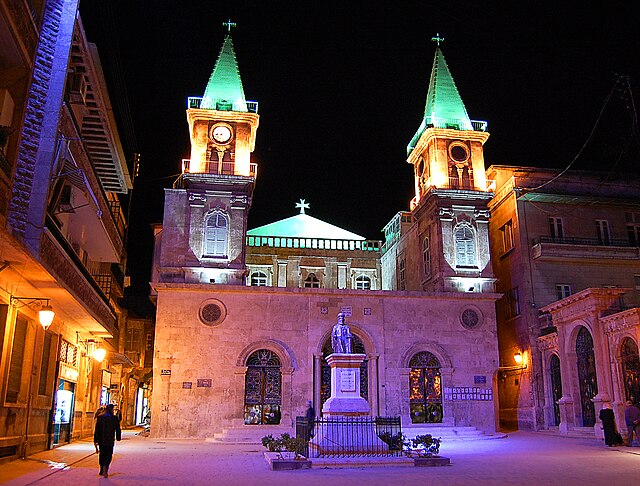Iran, also known as Persia and officially the Islamic Republic of Iran (IRI), is a country in West Asia. It is bordered by Iraq to the west and Turkey to the northwest, Azerbaijan, Armenia, the Caspian Sea and Turkmenistan to the north, Afghanistan to the east, Pakistan to the southeast, the Gulf of Oman and the Persian Gulf to the south. With a mostly Persian-ethnic population of almost 90 million in an area of 1,648,195 km2, Iran ranks 17th globally in both geographic size and population. It is the sixth-largest country entirely in Asia, the second-largest in West Asia, and one of the world's most mountainous countries. Officially an Islamic republic, Iran has a Muslim-majority population. The country is divided into five regions with 31 provinces. The nation's capital and most populous city is Tehran, with around 16 million people in its metropolitan area. Other major cities include Mashhad, Isfahan, Karaj, and Shiraz.

The well-preserved Inscription of Ardashir Babakan (224–242 AD) in Naqsh-e Rostam: "This is the figure of Mazdaworshipper, the lord Ardashir, King of Iran."
Chogha Zanbil (14th-13th century BC), an ancient Elamite complex in Khuzestan, built by Untash-Napirisha. UNESCO World Heritage Site.
Ecbatana (present-day Hamadan) was chosen as the first capital of Iran by Deioces in 678 BC, the founder of Medes Empire.
Persepolis, the ceremonial capital of the Achaemenid Empire (550–330 BC). It is one of the key Iranian Cultural Heritages.
West Asia, also called Western Asia or Southwest Asia, is the westernmost region of Asia. As defined by most academics, UN bodies and other institutions, the subregion consists of Anatolia, the Arabian Peninsula, Iran, Mesopotamia, the Armenian highlands, the Levant, the island of Cyprus, the Sinai Peninsula and the South Caucasus. The region is separated from Africa by the Isthmus of Suez in Egypt, and separated from Europe by the waterways of the Turkish Straits and the watershed of the Greater Caucasus. Central Asia lies to its northeast, while South Asia lies to its east. Twelve seas surround the region (clockwise): the Aegean Sea, the Sea of Marmara, the Black Sea, the Caspian Sea, the Persian Gulf, the Gulf of Oman, the Arabian Sea, the Gulf of Aden, the Red Sea, the Gulf of Aqaba, the Gulf of Suez, and the Mediterranean Sea. West Asia contains the majority of the similarly defined Middle East. The Middle East is a political term that has changed many times depending on political and historical context while West Asia is a geographical term with more consistency. It excludes most of Egypt and the northwestern part of Turkey, and includes the southern part of the Caucasus.

A Lebanese Cedar Forest in winter
Pilgrims in the annual Hajj at the Kaaba in Mecca.
Cathedral of Saint Elijah, Aleppo.
Jews praying at the Western Wall.








